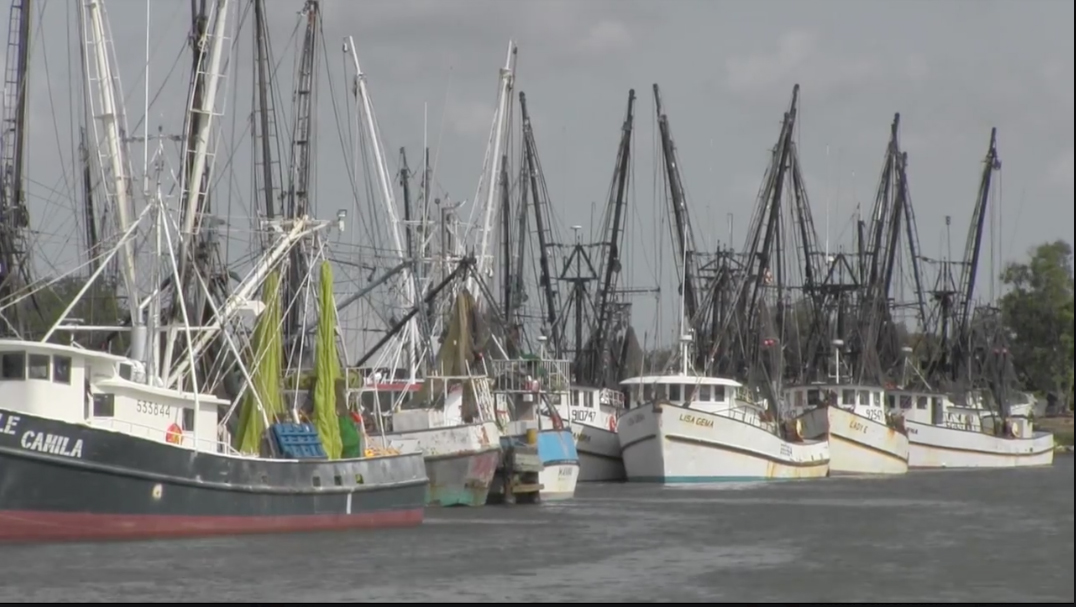As the Gulf and East coasts keep a wary eye on the frightening power of Hurricane Irma’s category 5 status, recovery from Hurricane Harvey marches on.
South of Corpus Christi, the Texas coastline was mostly fine. It didn’t rain at all in Brownsville, on the Mexico border. Palacios came out relatively unscathed, according to Andrea Hance, executive director of the Texas Shrimp Association, based in Brownsville.
The category 4 storm was the strongest to make landfall in Texas in more than 50 years. It left the fishing villages of Rockport and Port Aransas in tatters, with scenes not unlike the aftermath of Hurricane Katrina. These small ports absorbed the full force of the hurricane, sending it north Houston as a tropical storm. The downgrade in status had little bearing on the amount of damage Harvey could do. Catastrophic flooding in parts of Houston that weren’t evacuated before the rain and wind took their toll overshadowed recovery of the smaller ports that faced Harvey at full force.
The Texas shrimp industry — worth between $600 million and $750 million annually — will suffer short-term losses, Hance said.
Overall, the roughly 550 large offshore boats and 350 bay boats in the Texas shrimping fleet made it through the storm. But communications have been scattered, and Hance says she’s still working around the clock with other state agencies to fully assess the damages.

Andrea Hance, executive director of the Texas Shrimp Association in Brownsville, Texas
“There’s more bay boats that really got hit. It’s shut that industry down pretty much,” Hance said, explaining that the smaller inshore shrimp boats run out of the hardest hit areas. “I don’t think it’s anytime soon that they’re going to recover from that.”
The biggest challenge right now is finding fuel and labor to get back up and running. Fuel lines have been stoppered for more than a week, which means getting back to work will have to wait for the oil sector to get back online, as well.
“There’s not hardly any fuel anywhere,” Hance said. “That’s going to become an issue here pretty quick, and it’s already an issue up the coast.”
Because about 70 percent of the fleet’s income is derived from mid-July through September, time is of the essence.
“Every day that boat is not out fishing, we anticipate we’re losing $3,500 to $4,000 a night,” said Hance. The big boats down south were tied up about a week, she adds.
Once the fleets have found diesel to fill the tanks, there’s still a matter of delivering to functioning docks and processing houses, and then mobilizing the trucks to deliver product.
“A lot of the dock space was annihilated,” Hance said. “We had a few processing facilities in that area that were completely destroyed.”
And of course, those are just the matters of running a boat and business. Many of the fishermen whose working lives were disrupted also have homes to assess and potentially rebuild from the ground up.
Charter captain Mike Freeman of Gulfport, Miss., drove a boat to Houston and helped rescue 107 people “not counting animals,” he told the Clarion-Ledger.
Freeman lived through Katrina, so he understands the long road that lies ahead for Harvey’s survivors.
"They really didn't know what was coming next," Freeman said. "The rescue was the easy part.
"The cameras are going to disappear. The rest of the country doesn't see that eight months later they're still gutting houses and there are tarps on roofs. We experienced it, but the rest of the country didn't see that part."







